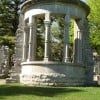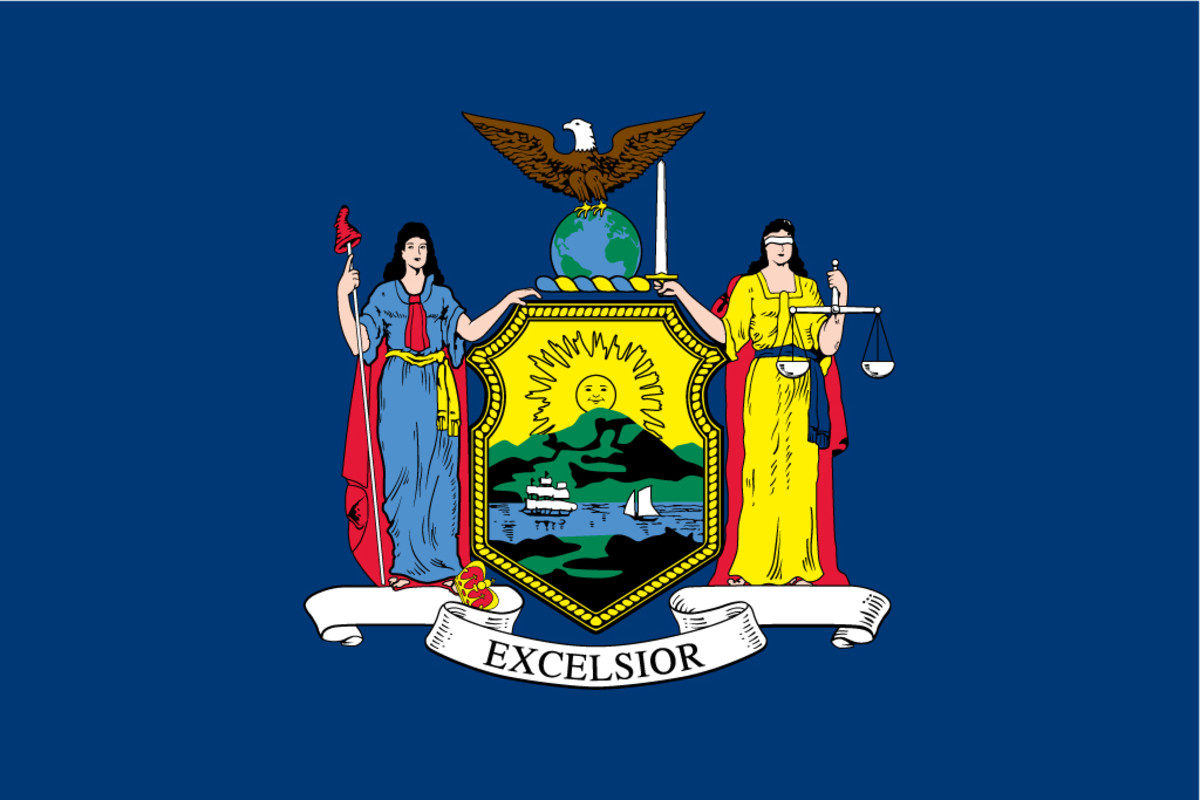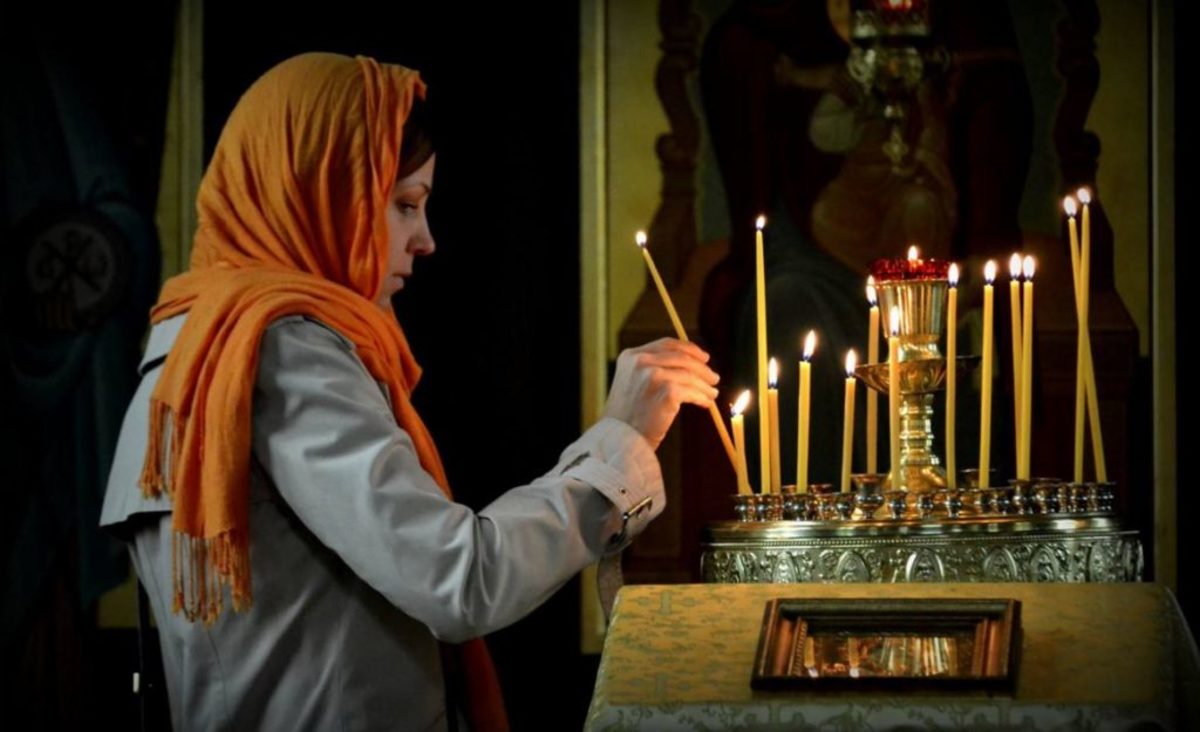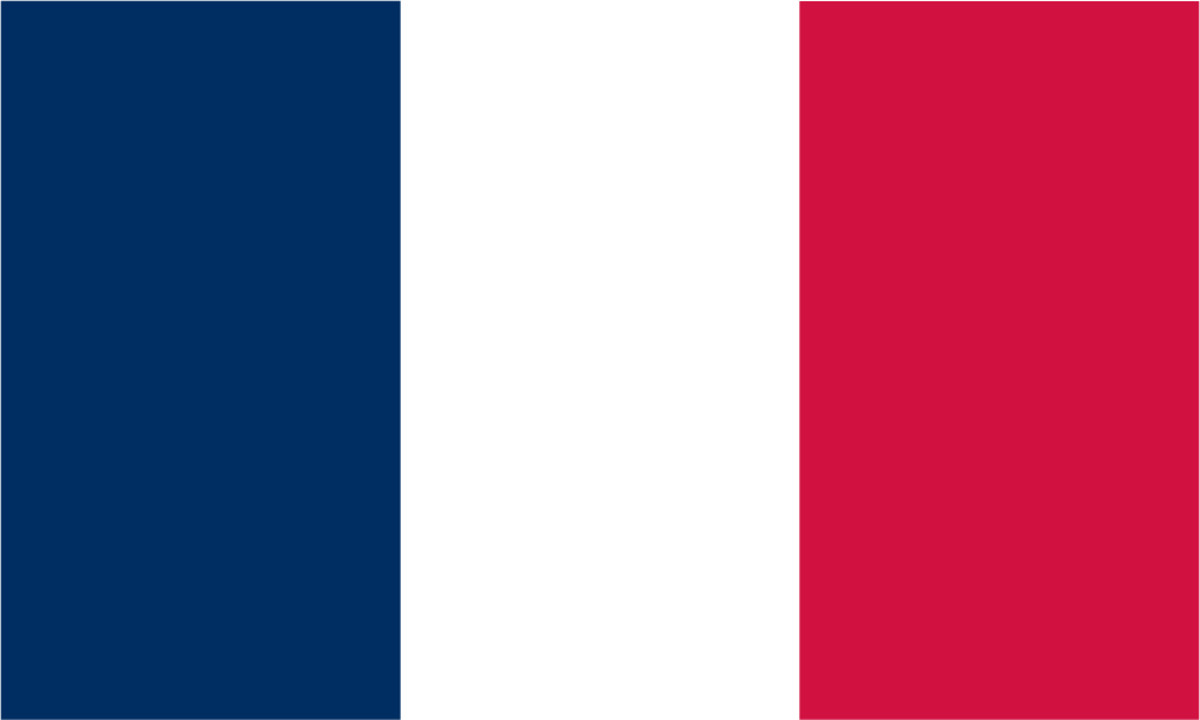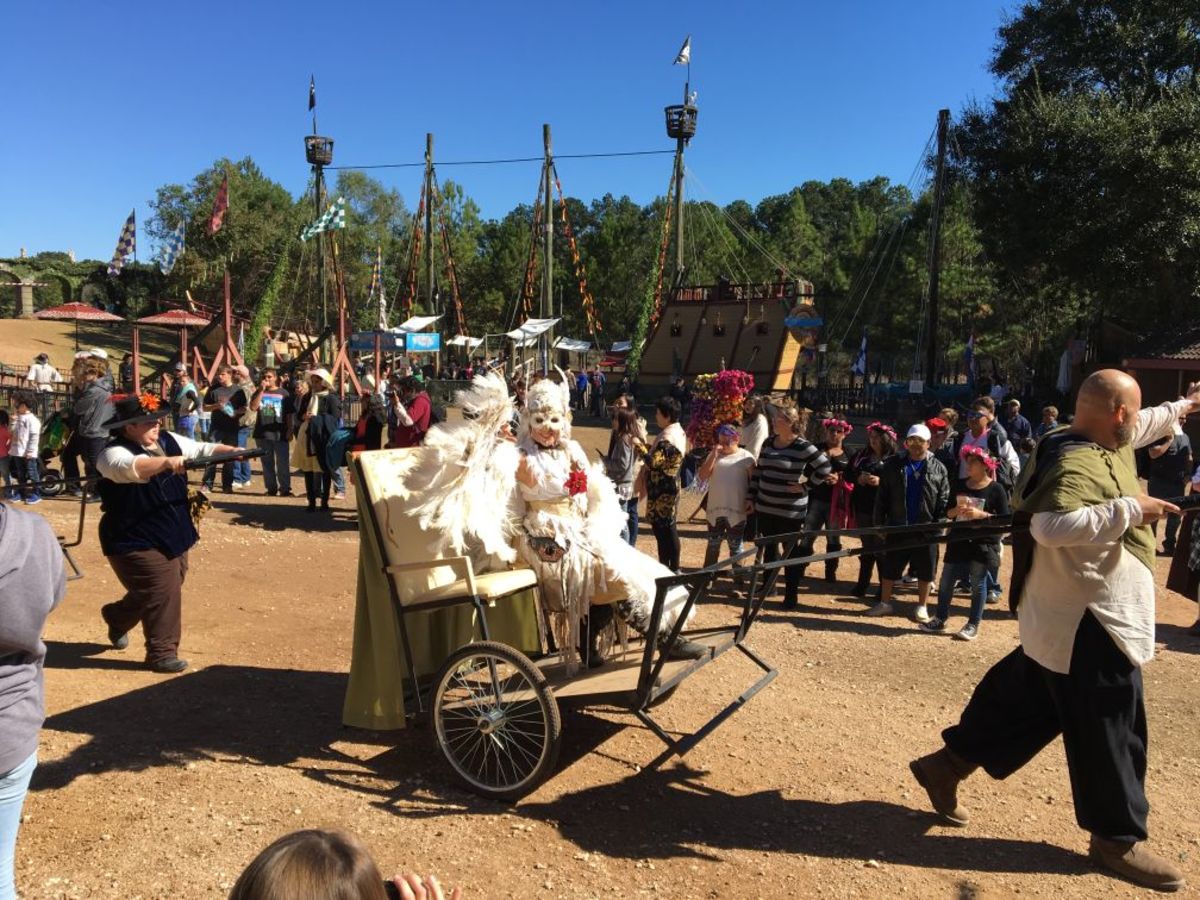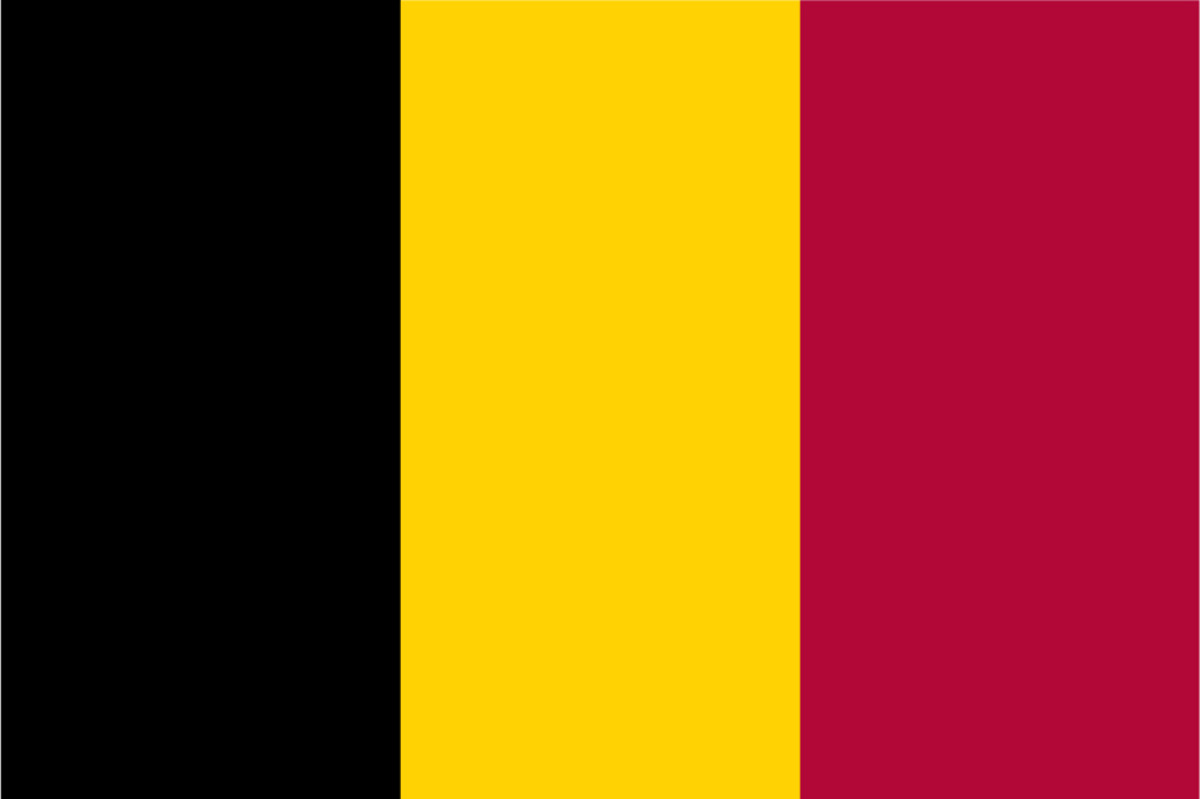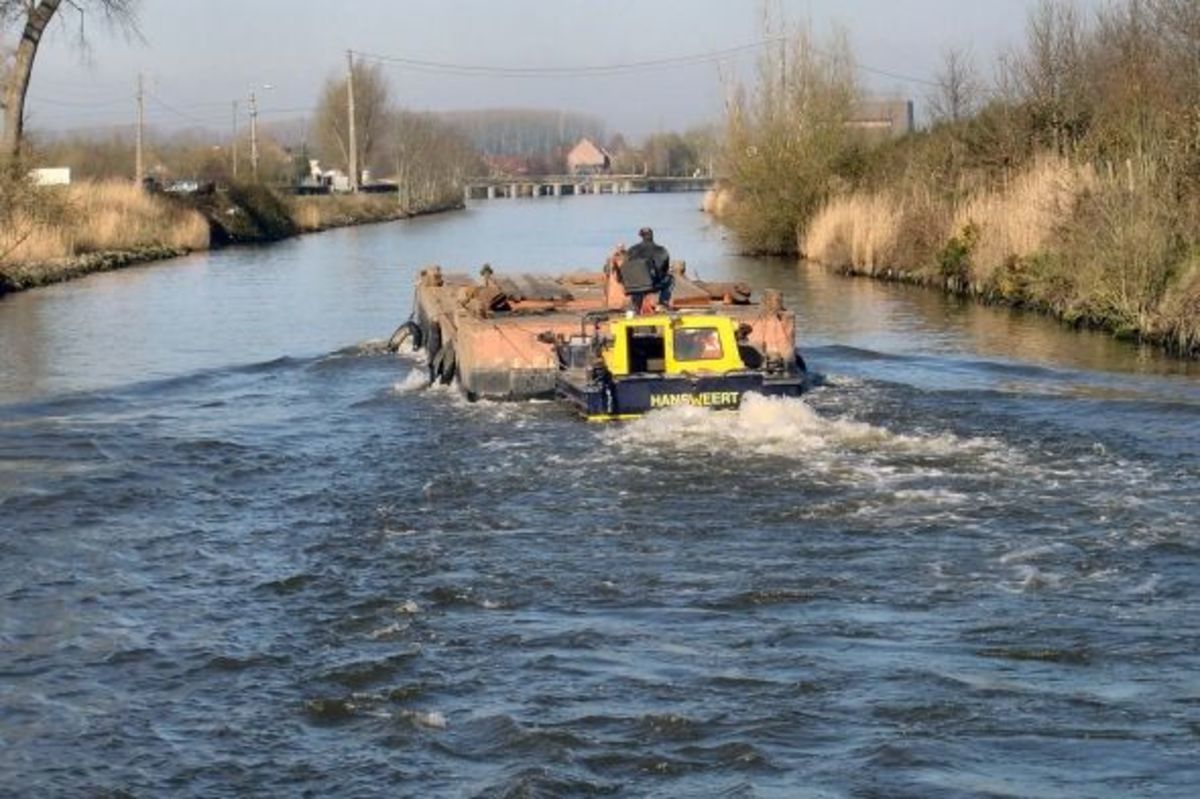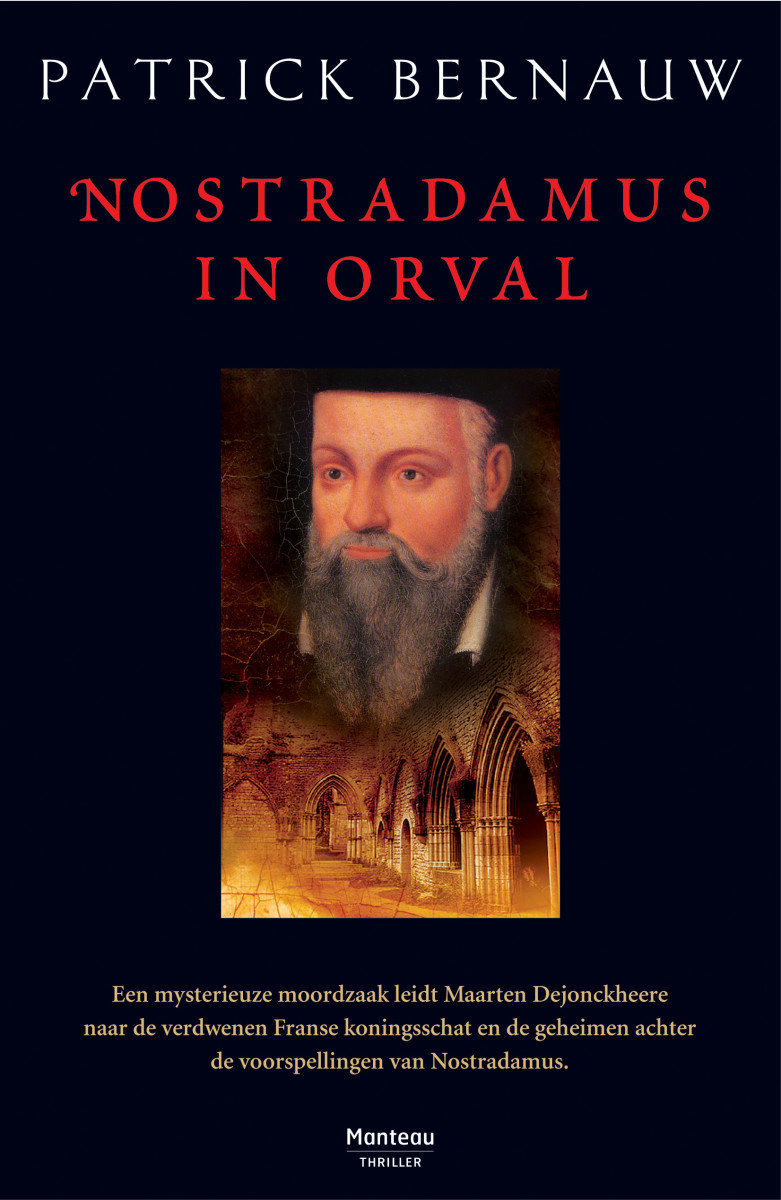Visiting Liège, Belgium: Remembering Medieval Prince-Bishop Albert de Cuyck
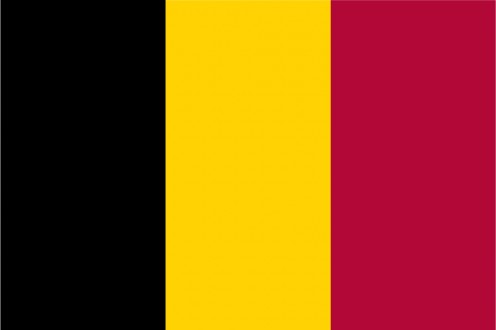
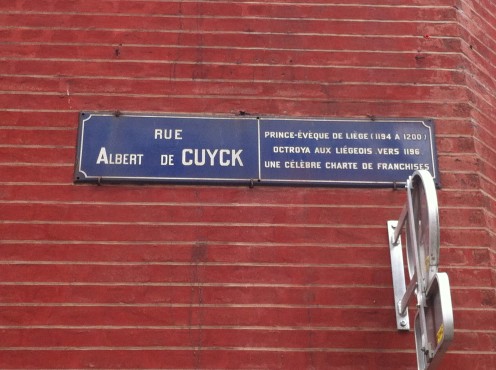
Living Medieval history
For some people, the present day may be viewed as a vantage point for the understanding of the past; for others, such is the obscurity of events in past centuries that even today to grasp what the significance of historical personalities may be can be very hard, given the often totally different assumptions on which everyday life and governance was based.
I would like to describe the historical personality known as Albert de Cuyck (1134-1200). He served as Bishop of Liège, in present-day Belgium, from 1194 until 1200.
Even here, the significance of this ecclesiastical role may not be immediately apparent.
The reason for this is that during the Middle Ages in Liège the local Bishop was ex officio the local ruler also, and was known as le Prince-Éveque - the Prince-Bishop (1).
All was not plain sailing, though. In 1194 someone else wanted Albert de Cuyck's new job. Or should I say, aspired to his vocation. Or maybe somewhat of both elements. In any case, Albert de Cuyck had to go to Rome to have his job/vocation confirmed.
So with the blurring of the spiritual and temporal claims, this must have been a recipe for disaster, many Americans would say.
(And in my humble opinion, many Americans would be right here.)
But part of the significance of the period of office that Albert de Cuyck fulfilled as Prince-Bishop of Liège was that he gave the citizens of Liège a charter of liberties (sometimes referred to in this context in French as la Charte des franchises).
Put simply, Albert de Cuyck bucked the usual trend towards the exercise of arbitrary power that the blurring of temporal and spiritual claims will instinctively signify for many Americans. Because Albert de Cuyck's Charter proved foundational for the governance and liberties of the Liégeois for centuries to come.
It is achievement of Albert de Cuyck with his Charter that is commemorated by a road in Liège named for this historic personality.
Rue Albert de Cuyck was built from 1886 in what had previously been a mining area. Mainly a residential area in what is now the Guillemins district, it is also (at the junction of Rue de Fragnée) where the Collège ICADI is situated.
The street took its present name in 1888. A commemorative plaque at the street's junction with Rue de Fragnée explains the historical background to the name. This may not be the most compelling tourist attraction but it certainly brings alive the past.
July 19, 2018
Note
(1) Even today, the provincial governor of Liège province is based at what is known as the Palace of the Prince-Bishops.
Some sourcing: Wikipedia
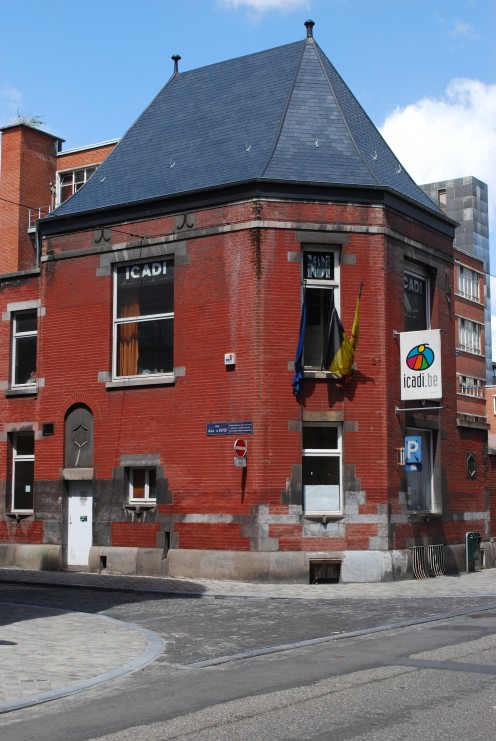
Also worth seeing
In Liège itself, visitor attractions include: the Fine Arts Palace (French: Palais des Beaux-Arts), in the Parc de la Boverie on Outremeuse Island; the Cointe Basilica and other, fine ecclesiastical architecture, some of it Medieval; the Zénobe Gramme Monument close to the Fragnée Bridge; the Perron; the Bueren Mountain; the equestrian statue of Charlemagne, and many others.
...
How to get there: Brussels Airlines flies from New York (JFK) to Brussels Airport, where car hire is available (distance from Brussels Airport to Liège : 94 kilometres). The Belgian railroad company SNCB maintains a service from Brussels to Liège . Some facilities may be withdrawn, without notice. You are advised to check with the airline or your travel agent for up to date information. Please refer to appropriate consular sources for any special border crossing arrangements which may apply to citizens of certain nationalities.
MJFenn is an independent travel writer based in Ontario, Canada.
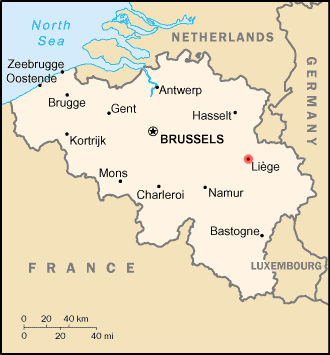
Other of my hubpages may also be of interest
- Visiting Liège, Belgium: Remembering the Hôtel Rigo
A building in Liège, Belgium, over a century old and known as the Hôtel Rigo, in Neo-Mosan style, has been demolished despite a public outcry. - Visiting Liège, Belgium, With Its Meuse and Ourthe Rivers: The Psychologies of Confluence
Liege's fluvial geography speaks much of the history of the city, at the confluence of the Meuse and Ourthe rivers.
